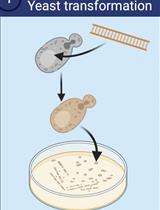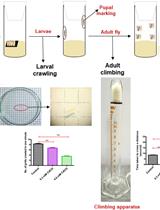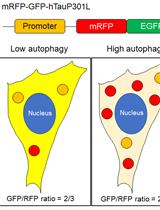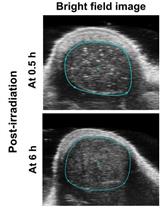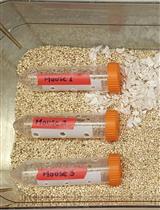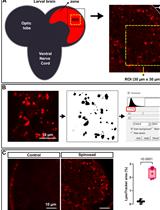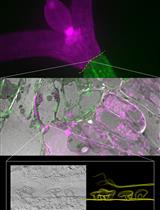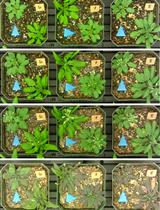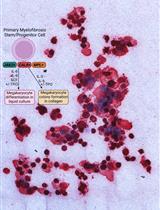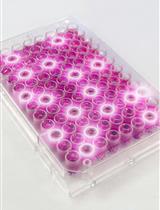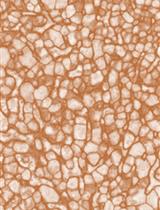往期刊物2023
卷册: 13, 期号: 2
生物物理学
Lysate-to-grid: Rapid Isolation of Native Complexes from Budding Yeast for Cryo-EM Imaging
裂解液到网格:从出芽酵母中快速分离天然复合物用于低温冷冻电镜成像
发育生物学
A Reliable and Consistent Method to Quantify Percent Lethality and Life Span in Drosophila melanogaster
一种可靠的和一致的方法来量化黑腹果蝇的致死率和寿命
药物发现
Methods to Detect AUTOphagy-Targeting Chimera (AUTOTAC)-mediated Targeted Protein Degradation in Tauopathies
在tau蛋白病变中检测自噬-靶向嵌合体(AUTOTAC)介导的靶向蛋白降解的方法
分子生物学
Preparation and Characterization of DNA-assembled GRS-DNA-CuS Nanodandelions
DNA组装的GRS-DNA-CuS纳米蒲公英的制备和表征
神经科学
Establishment of Restraint Stress–induced Anorexia and Social Isolation–induced Anorexia Mouse Models
束缚应激诱导的厌食症和社会隔离诱导的厌食症小鼠模型的建立
In vivo Assessment of Lysosomal Stress in the Drosophila Brain Using Confocal Fluorescence Microscopy
利用共聚焦荧光显微镜对果蝇大脑溶酶体压力的体内评估
植物科学
Targeting Ultrastructural Events at the Graft Interface of Arabidopsis thaliana by A Correlative Light Electron Microscopy Approach
用相关光电子显微镜的方法确定拟南芥嫁接界面的超微结构单元
Evaluating Plant Drought Resistance with a Raspberry Pi and Time-lapse Photography
用树莓派和延时摄影评估植物抗旱性
干细胞
Thrombopoietin-independent Megakaryocyte Differentiation of Hematopoietic Progenitor Cells from Patients with Myeloproliferative Neoplasms
来自骨髓增生性肿瘤患者的造血祖细胞的血小板生成素不依赖性巨核细胞分化
系统生物学
Rapid Multiplexed Flow Cytometric Validation of CRISPRi sgRNAs in Tissue Culture
组织培养中CRISPRi sgRNAs的快速多通道流式细胞术验证



